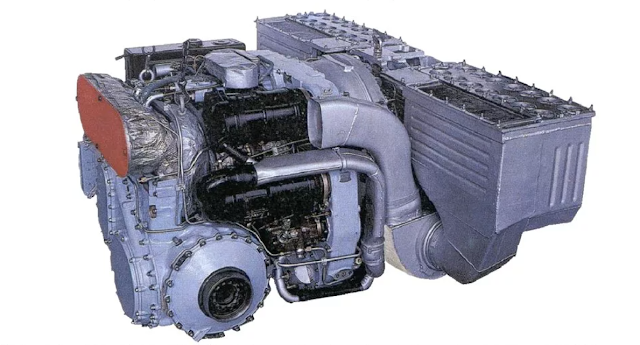T-80 MBT sound dampening panels - Part 1
The goal of implementing sound-dampening panels on the T-80 MBT was to determine the possibility of mounting them in crewed compartments of the AFV, select materials that meet acoustic and operational requirements and evaluate their effectiveness in road conditions.
 |
| Image 1: Sound-dampening panels installed in the turret fighting compartment |
 |
| Image 2: Unfolded sound-dampening panel for driver's position |
The dampening panels were placed in the following areas of the AFV and were composed of the following layers: The screens are comprised of various layers and materials in a certain order to achieve sound-dampening properties (the numeration of layers is counted outwards from the interior layer):
- Bottom of the hull between torsion bars: Povinol fabric, basalt fibre cardboard, knitting-stitching material, perforated fabric 500 (Cordura 500), PVC fabric, 2x knitted-needled material, fabric 500.
- Bottom of the hull above torsion bars: Povinol fabric, basalt fibre cardboard, PVC fabric, knitting-stitching material, perforated fabric 500.
- Hull sides, in areas with no gap restrictions: Metal wire mesh, knitting-stitching material, 2x povinol fabric, knitting-stitching material, perforated fabric 500.
- Hull sides, in areas with limited gap space: Metal wire mesh, knitting-stitching material, 2x povinol fabric.
- On the centre-line hull fuel tanks: Metal wire mesh, knitting-stitching material, povinol fabric.
- On the rear access hatch between the turret and engine transmission bay: povinol fabric, knitting-stitching material, povinol fabric.
- Turret roof: Metal wire mesh, knitting-stitching material.
- On the sides of a semi-capsule (semi-capsule around the driver's position): PVC fabric, knitting-stitching material, povinol fabric.
- On the rear side of the semi-capsule: Povinol, 2x fabric, knitting-stitching material, povinol fabric, knitting-stitching material, metal wire mesh.
The metal wire mesh is used to give certain panels a shape based on the location where the panel is to be mounted. The knitting-stitching material was wrapped in PK-4 foil to prevent interaction with moisture and flammable liquids and act as an insulation barrier against free-floating material particles.
The panels were to be mounted before the turret was installed and were hard-mounted to the interior walls.
The reference mentions the use of a material called "повинол" and "ткань 500", which are rather difficult materials to research. Fabric 500 is not related to Cordura 500 but rather to Nylon 6 (Kapron). "Повинол" - Povinol fabric is most likely a polymer-based fabric, which was also made to be fire resistant and be able to stop free-floating particles
References:
- Защита оборудования и экипажа военных гусеничных машин от механоакустических и климатических воздействий
- Hygenic assessment of certain polymers (Povinols). УДК 614.37:678:743.22



Comments
Post a Comment